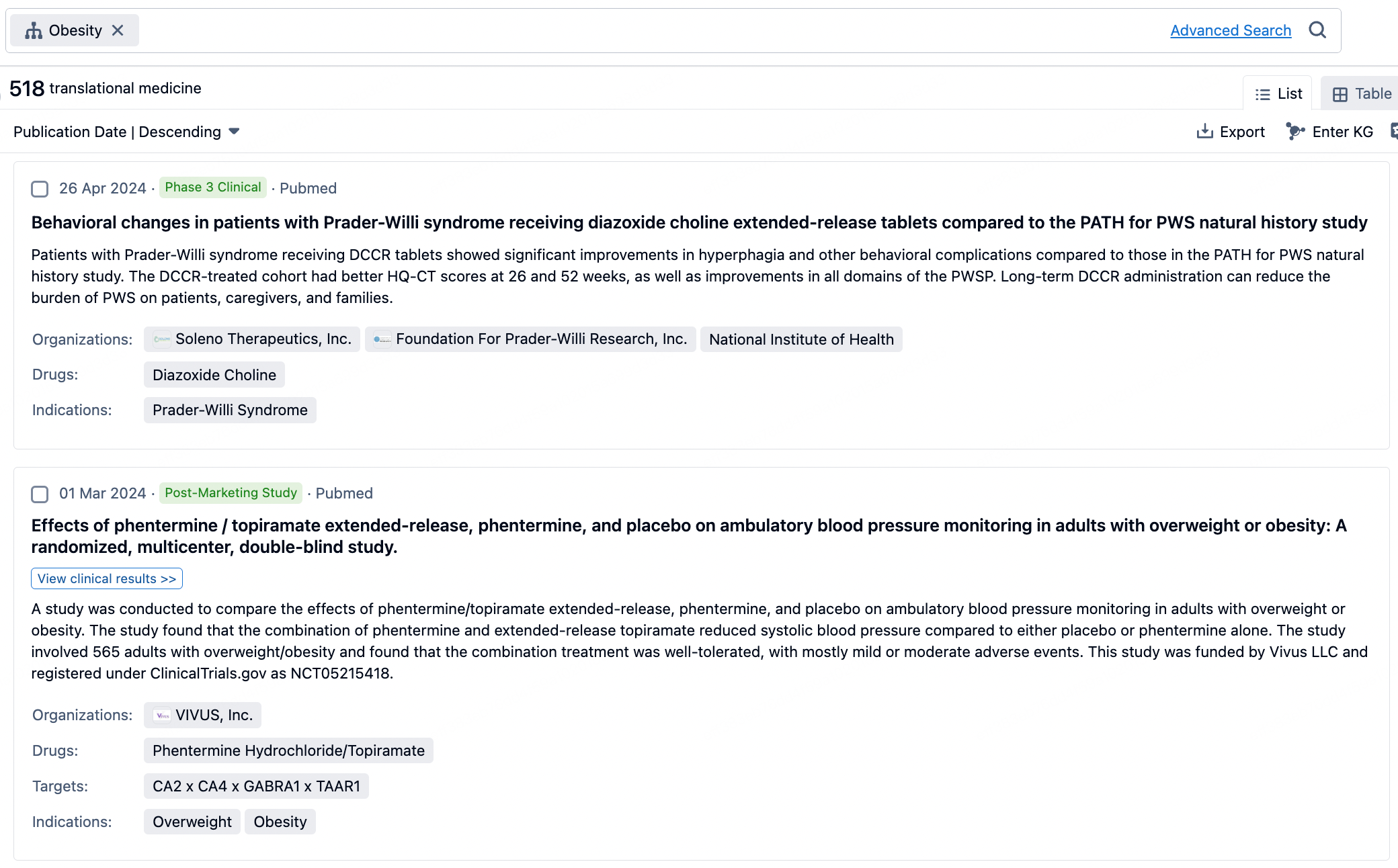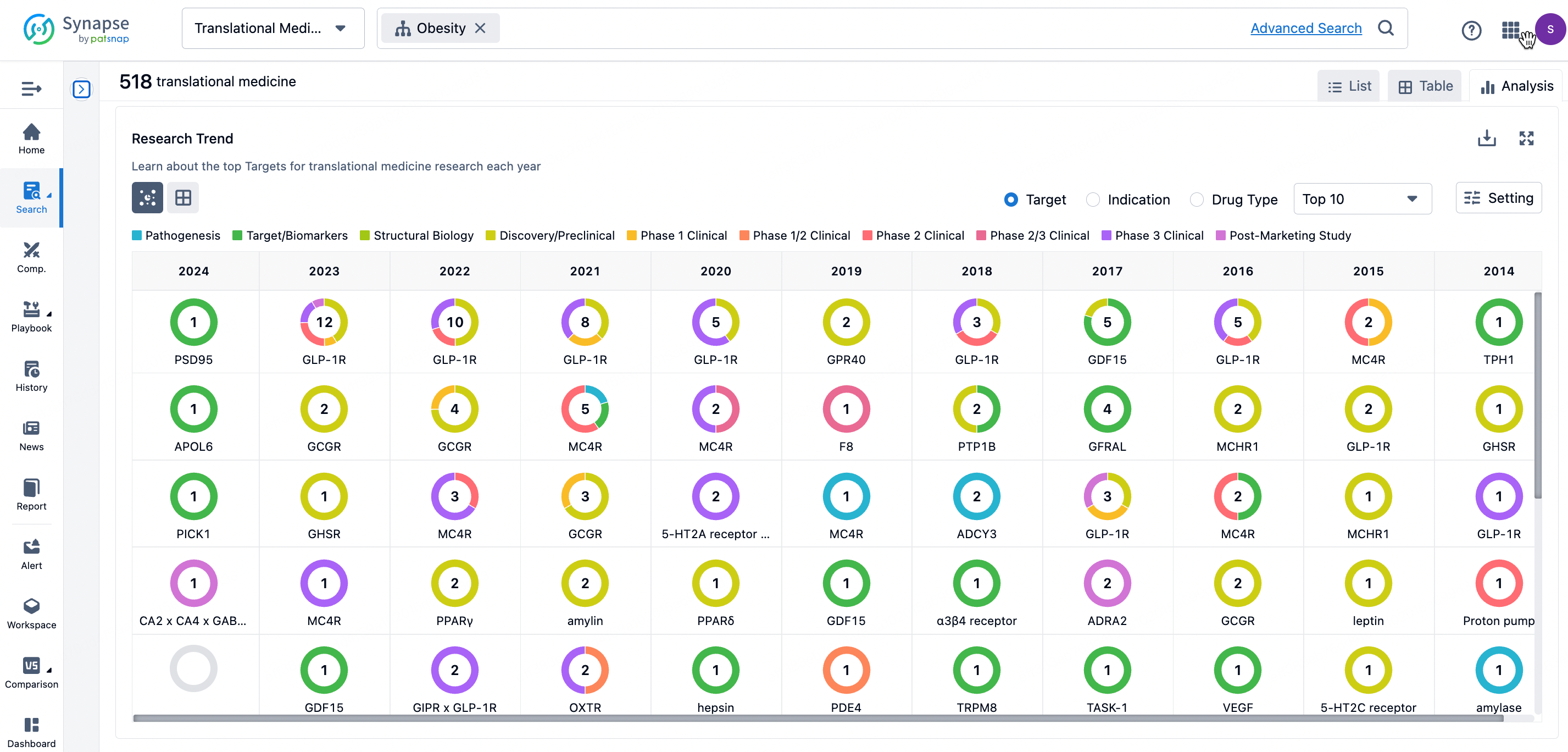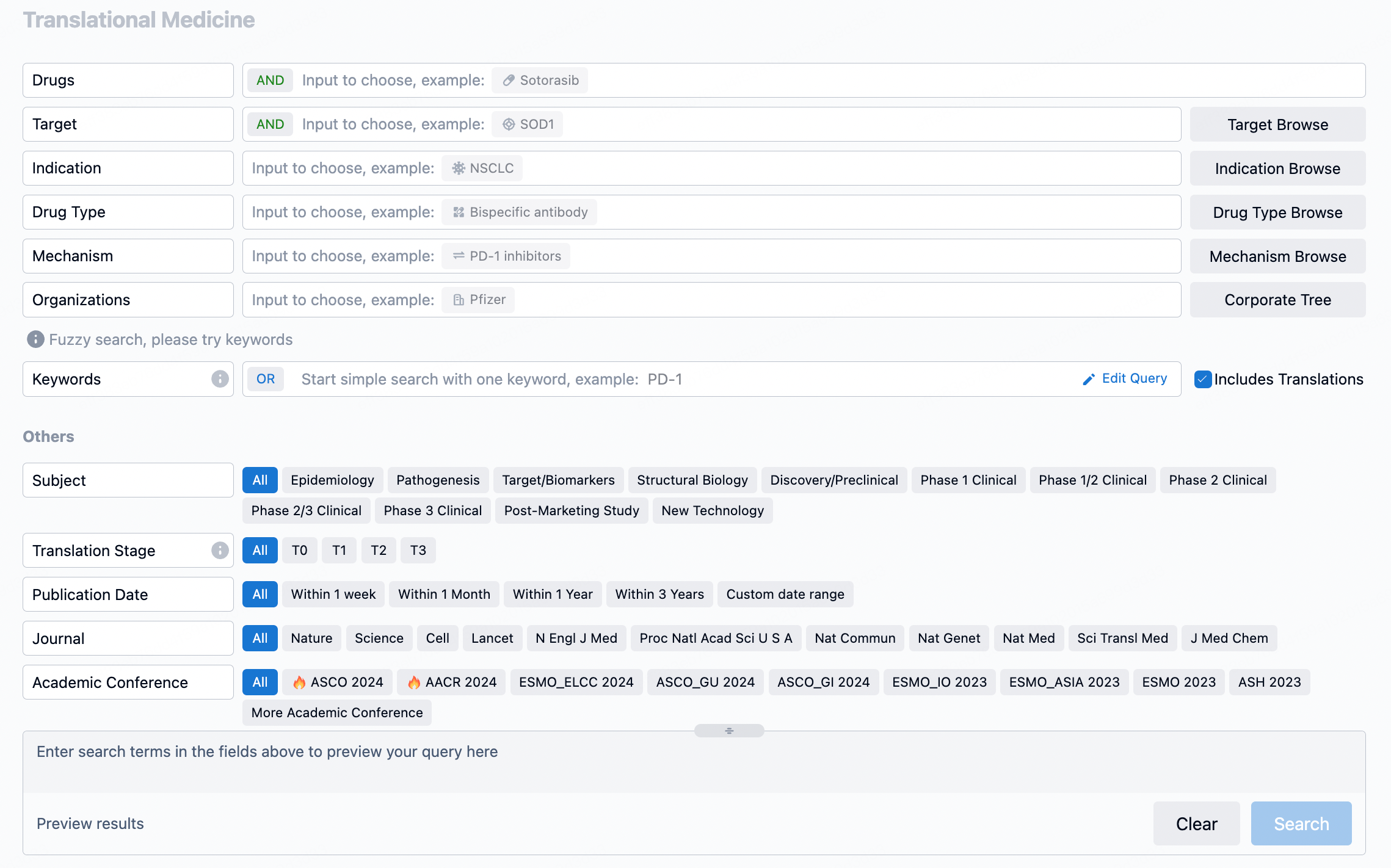The research focuses on the development of a novel inhibitor,
PRN694, targeting the
Tec family kinases ITK and
RLK, which are pivotal in T and NK cell signaling. The study employs a combination of tailored covalency and structure-based design to develop selective inhibitors. PRN694 was identified through molecular modeling and optimization, demonstrating high selectivity and potency against ITK and RLK with IC50 values of 0.3 nM and 1.3 nM, respectively. The inhibitor's selectivity was validated in Jurkat T cells and was found to suppress
TCR pathways, including
NFAT1 and
PLCγ1 activation. The specific interaction with ITK was confirmed through the use of a mutation that removed PRN694's binding site. PRN694 was also shown to prevent TCR-induced activation in cells expressing both ITK and RLK. In vitro assays confirmed PRN694's ability to inhibit TCR or FcR-induced activation in primary T or NK cells, T-cell proliferation, and pro-inflammatory cytokine release. In vivo assays revealed PRN694's durable pharmacodynamic effects on ITK with high occupancy percentages at various time points. The compound's therapeutic potential was examined in
T-cell leukemias and T-cell driven inflammation, with effective blockade of TCR stimulation observed in
HH cutaneous T-cell lymphoma and
T-PLL cells, and significant inhibition of a DTH reaction in a cell-mediated immunity model. The study concludes that PRN694, a covalent ITK/RLK inhibitor, has potential therapeutic applications for T or NK cell-related diseases, including
inflammation,
autoimmune diseases, and
malignancy. Disclosures include various affiliations and funding sources related to pharmaceutical companies and research institutions.
How to Use Synapse Database to Search and Analyze Translational Medicine Data?
The transational medicine section of the Synapse database supports searches based on fields such as drug, target, and indication, covering the T0-T3 stages of translation. Additionally, it offers a historical conference search function as well as filtering options, view modes, translation services, and highlights summaries, providing you with a unique search experience.

Taking obesity as an example, select "obesity" under the indication category and click search to enter the Translational Medicine results list page. By clicking on the title, you can directly navigate to the original page.

By clicking the analysis button, you can observe that GLP-1R treatment for obesity has gained significant attention over the past three years, with preclinical research still ongoing in 2023. Additionally, there are emerging potential targets, such as GDF15, among others.

Click on the image below to go directly to the Translational Medicine search interface.




